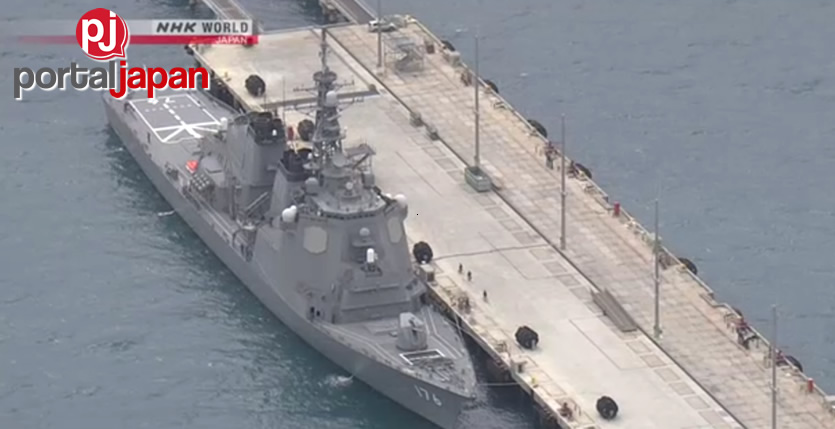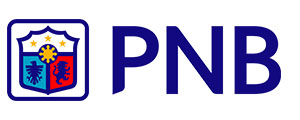The country currently deploys destroyers equipped with interceptor missiles and the Aegis advanced radar system, and ground-based PAC-3 missiles.
These are designed to defend Japan against a possible ballistic missile attack by North Korea. Missiles from Aegis vessels are intended to shoot down targets above the atmosphere while the ground-based PAC-3 missiles would target those within it.
To beef up missile defense, the ministry is studying the cost efficiency of introducing the land-based version of the Aegis system, called “Aegis Ashore,” and the advanced Terminal High Altitude Area Defense system, or THAAD. This system is capable of intercepting missiles at a higher altitude than PAC-3 missiles.
Some members of the main governing Liberal Democratic Party are in favor of Aegis Ashore. They say the system would cost less and reduce the burden on crews onboard Aegis-equipped vessels that are frequently at sea.
Some defense ministry officials say THAAD would strengthen Japan’s missile defense more effectively, as the system is highly capable of dealing with multiple and simultaneous attacks by ballistic missiles.
The ministry says it will make a decision after analyzing the country’s defense needs based on technological advances made by North Korea through its repeated ballistic missile tests.
Source and image: NHK

















Join the Conversation